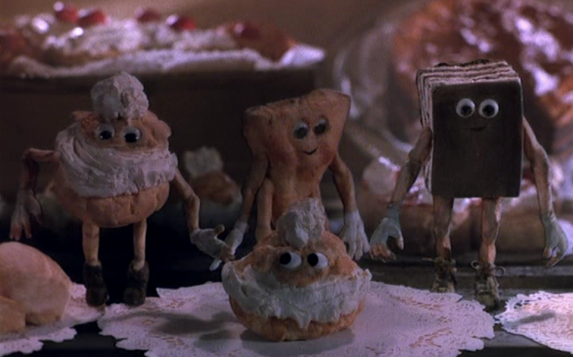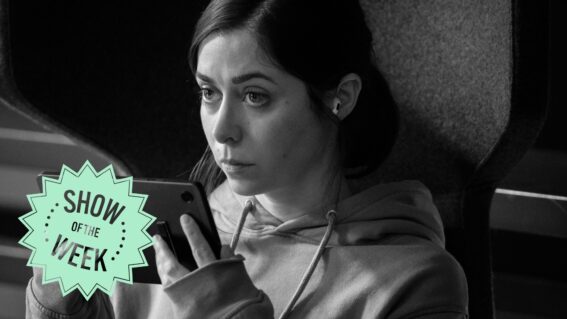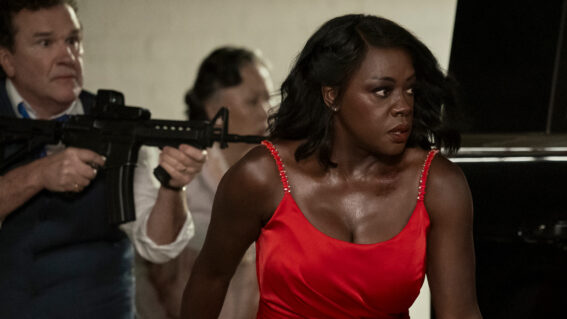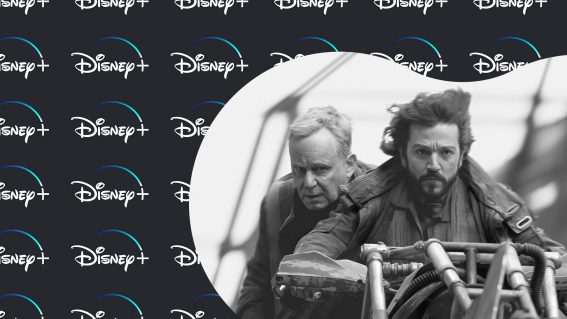Movie Food I Would Like To Eat, Please

For me, movie-going is a sensory experience first. I love how movies make me feel. Sure, I spend a lot of time thinking about them as well, but it’s the primal emotional engagement that I seek out. Which is probably why I find myself coveting a lot of movie food. Also, I love food.
A good film can open the viewer up to feeling all sorts of things, and render him or her a raw wound of susceptibility. So when an alluring dish is seen, consumed or even merely described on screen, I’m often drawn in with more intensity that I may have been if I’d encountered it in real life. In this post, I’m gonna mention some movie dishes that always stayed with me, and that if possible, I would like to eat. Please.
Young Sherlock Holmes (1985) is a criminally under-seen period adventure produced by Steven Spielberg under his Amblin Entertainment banner. Written by Spielberg protege Chris Columbus (the writer of Gremlins and The Goonies who would go on to direct Home Alone and the first two Harry Potters) and directed by Oscar-winner Barry Levinson (Rain Man; Wag The Dog), it’s a handsomely produced family film with thrilling action, the occasional genuine scare and not one single recognisable actor.
It also holds a strange place in movie history as the first film to feature a fully computer generated character – in this case a stained glass knight who literally leaps out of a church window to terrorise a priest – which is only one of many impressive special effects in the film.
The pretext for this craziness, and pretty much all the special effects sequences, are poisoned darts which caused the victim to experience severe and outlandish hallucinations, which we get to see through the magic of film.
So anyway, the young Watson is portrayed here as having a proclivity for sweet treats, and during a tense scene set in a graveyard, he gets a dart in the neck, which causes him to behold a a crypt full of sweet tarts and pastries. But then it gets really weird. The treats all begin to sprout arms, legs and eyes, and proceed to attack Watson – a link of sausages trips him over, then the cakes all start ramming themselves and each other into Watson’s horrified maw.
Not only do the cakes themselves look particularly creamy and delicious, there’s something uniquely horrifying about how they force themselves upon Watson, and it only makes me want them more. If only to hear their little eyes pop.
When I first saw Point Break at the movies in 1991, I don’t think I’d ever heard of a “Meatball Sandwich”. While on a stakeout with surfer crew-infiltrating partner Johnny Utah (Keanu Reeves), Gary Busey’s character Pappas instructs his young charge to go and buy him two meatball sandwiches from a joint down the road. My mind simply couldn’t comprehend it – how could you put meatballs between two slices of bread without it all falling apart? Surely they would have to be sliced up? Were they leftover meatballs? Was pasta involved? My pre-Subway self was all sorts of confused.
Then Keanu returns with said sandwich. And although we only catch a brief glimpse (and Keanu describes it as road kill!) it is clearly a thing of beauty.
As we all now know, Americans have a very broad definition of the word ‘sandwich’, and in this case it was a long white roll with whole (smallish) meatballs and marinara sauce. It looked amazing, and the concept lingered in my mind long after the movie (and it’s glorious reference to New Zealand) had faded. I made sure I got one the next time I visited America (it was delicious!), and thanks to Subway ubiquitity, an American-style meatball sandwich can be enjoyed by most everyone. But they never look quite as good as Busey’s.
The experience detailed above, combined with watching a lot of The Cosby Show, lead to a mild obsession with American ‘sandwiches’ on my part. What a humble New Zealander might refer to as a “filled roll” somehow takes on a greater significance when referred to as a sandwich.
One of my other favourite on-screen examples occurs in the semi-classic 1986 comedy Back To School. The late Rodney Dangerfield plays Thornton Melon, a self-made millionaire out of place amongst his shallow wife’s society pals. When his wife (memorably played by the great Adrienne Barbeau) throws a cocktail party, the uncomfortable Thornton approaches the poncy canape table with much trepidation. “I hate small food” he explains.
So he grabs a giant loaf of bread, cuts it length ways, hollows out the inside, and proceeds to cram entire plates of hors d’ouvres (including devilled eggs; a tray of meatballs and other indistinguishable delights) into the loaf as snooty party guests look on with bemusement. He gets a waiter to help him cut the loaf in half, then heads outside to enjoy his sandwich by himself.
This sandwich stuck with me not only because it looks so darn delicious, but also because it was also filled with Thornton’s anti-snob insouciance, and functions as a microcosm of the film’s overall dynamic. Also the fact that it’s shot all in one take makes me believe I’m watching Dangerfield making a sandwich the way he would in his private life. There’s a no-nonsense paciness to the way he puts it together that only makes it more appealing.
If I could also briefly mention the sandwich Bill makes for his daughter towards the end of Kill Bill. It’s pretty basic – white bread, crusts cut-off – but the slow deliberate rhythms with which he constructs it make it a very alluring sandwich indeed.
1988’s Midnight Run, one of my all-time favourite movies, features two scenes in which dishes are described but not seen, which can sometimes be more evocative.
Robert De Niro and Charles Grodin have been on on the run for days. During a brief respite from their various pursuers, they find themselves stumbling down a dusty desert road. Not having eaten for ages, Grodin’s chatty mob accountant brings up a dish he fondly recalls, lyonnaise potatoes:
The pair’s desperate hunger is beautifully portrayed here, and the way Grodin describes the dish is perfectly rambling. “…hamburger, cheeseburger, any of your meat dishes really”. You can really feel their empty stomachs, especially in De Niro’s hilariously exasperated response.
Later in the film, the pair find themselves at a diner with only enough money for tea and coffee, but the look on Grodin’s face as the waitress describes that day’s special – chorizo and eggs – is utterly priceless.
Both of these scenes capture the elevated importance of food when you’re on the road. And they take on a greater significance when a secret about Grodin’s character is revealed at the end of the film.
Which movie food gets you salivating? Did Busey’s meatball sandwich also have an impact on you? Is it wrong to desire a Twinkie Wiener Sandwich? Comment below!























